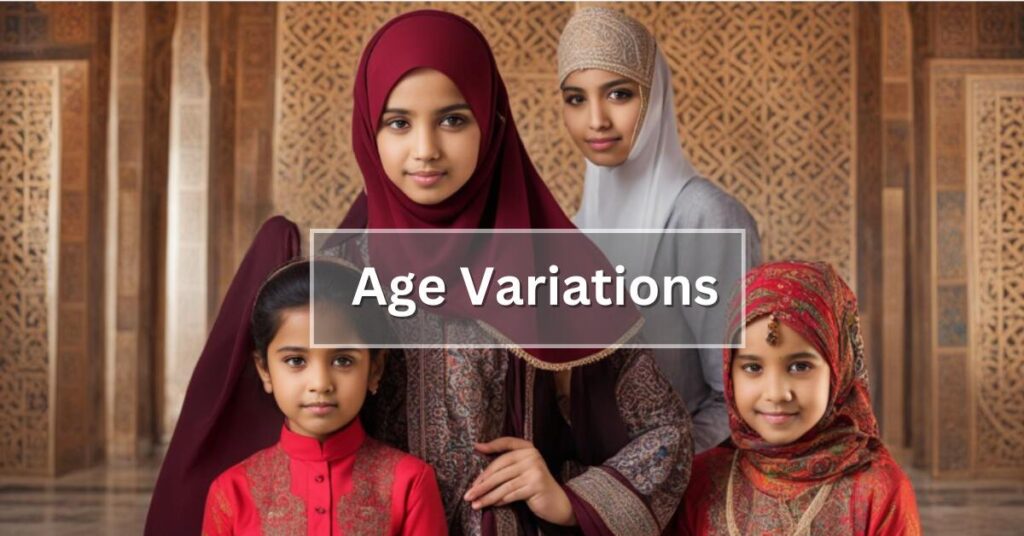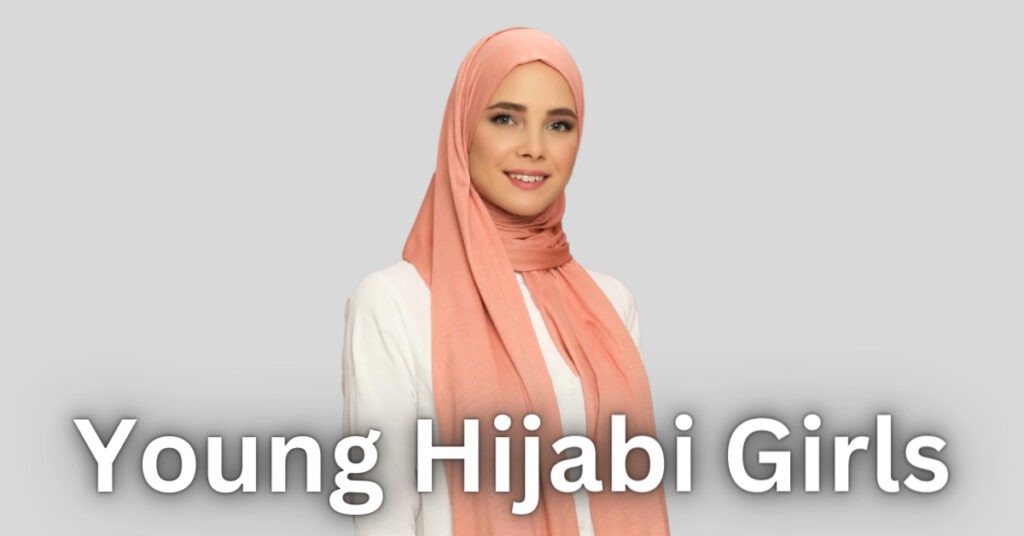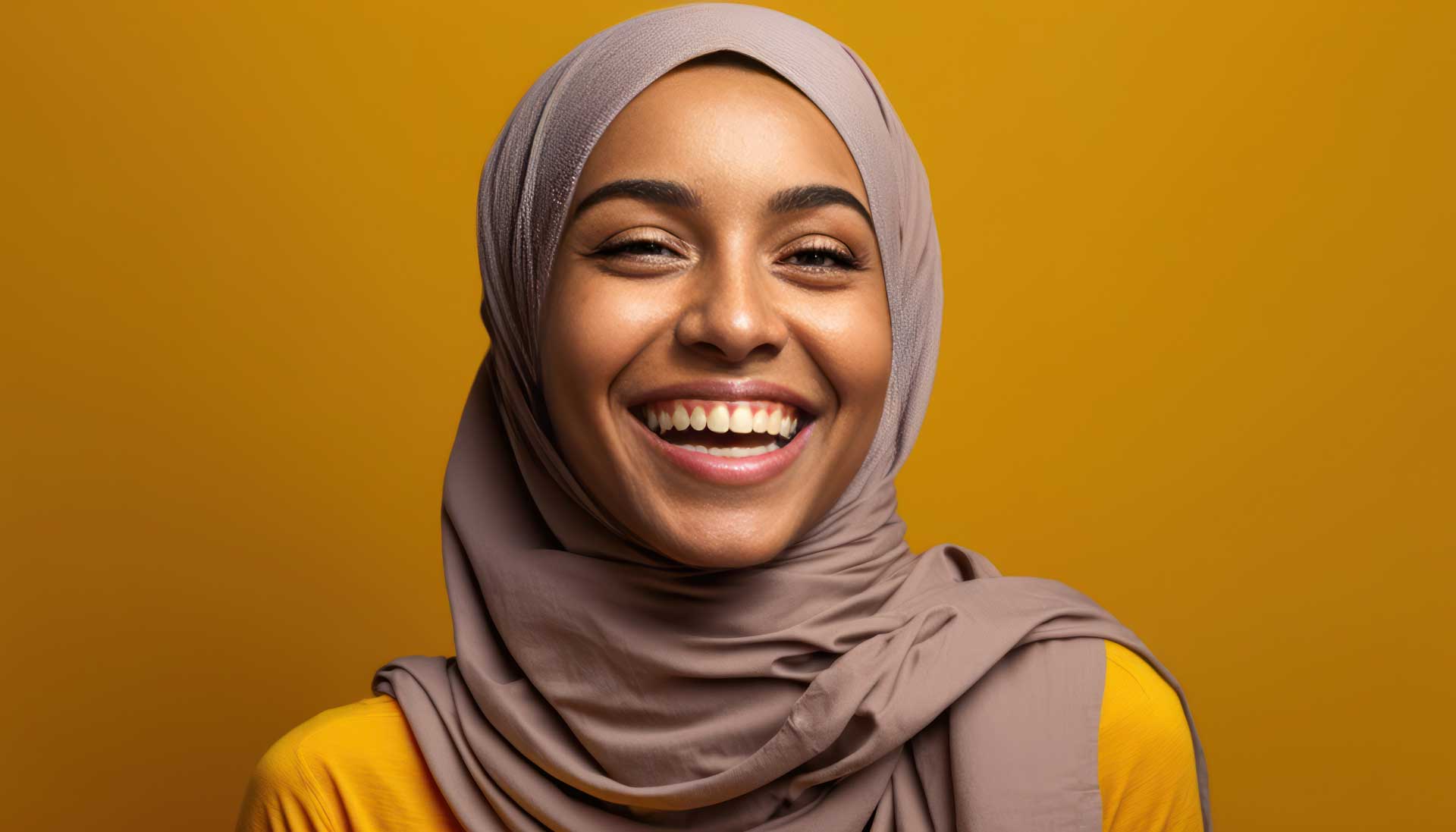The decision about when a girl should wear a hijab is deeply personal and often influenced by cultural, religious, and family beliefs. There is no universally mandated age for wearing the hijab, as practices vary among different communities and individuals.
Understanding when a girl should start wearing a hijab requires respect for personal choice and cultural norms. The hijab, a traditional headscarf worn by many Muslim women and girls, symbolizes modesty, privacy, and religious faith. Determining the appropriate age for wearing a hijab is often guided by family traditions, with some families encouraging its use from puberty, and others considering it a decision for the woman once she reaches adulthood.
This topic is sensitive, intertwining with religious prescriptions and individual autonomy. Social influences and local practices significantly shape this decision, reinforcing the idea that no single age fits all circumstances. Encouraging a respectful dialogue, it’s essential to acknowledge the diversity within Islamic communities worldwide regarding the adoption of the hijab.
Cultural Significance Of The Hijab
The hijab holds deep cultural significance for many. It traces back centuries, marking a rich history. For many girls, the hijab is a symbol of faith and a proud expression of identity. Girls often start wearing a hijab during puberty. This practice may vary with culture and family beliefs.
- Hijab: More than a headscarf, it’s a sign of modesty.
- Identity: Girls choose to wear it as a personal or cultural choice.
Tradition: Each culture values the hijab’s start age differently.
Religious Perspectives On Wearing A Hijab
Islamic teachings are central to understanding hijab-wearing practices. Among Muslims, mature girls and women cover their heads. This practice often starts at puberty. The Quran and Hadith provide guidance.
Different Muslim groups have distinct beliefs. Customs can vary widely. Some families encourage hijab for young girls. Others wait until the girl chooses to start. Respect for individual choice is important.
Global Practices And Age Variations

The age when a girl starts wearing a hijab varies across the world. Religious beliefs greatly influence this practice. In some Middle Eastern countries, girls begin wearing it at puberty. This is often considered a sign that she is becoming a woman. Yet, in other regions, there might not be a strict age guideline.
Age Norms Across Cultures
The age at which a girl starts wearing a hijab varies across cultures also. Let’s explore how different cultures approach this milestone.
A Common Starting Point
Adolescence marks numerous changes in a girl’s life. It’s often seen as a transition into adulthood. In many cultures, wearing a hijab aligns with these changes. Girls might begin to wear the hijab at puberty. This can be around ages 9 to 14. But the actual age can vary greatly. Each girl’s personal choice and comfort level matters most.
Differences In Muslim-majority Countries
Certain Muslim-majority countries have specific norms. Some families encourage hijab-wearing at an early age. This is to nurture modesty from youth. Other regions may not stress hijab-wearing until later.
Country | Common Starting Age |
Turkey | Around age 14 |
Saudi Arabia | As early as age 6 |
Egypt | Puberty or High School |
- Girls in Turkey might start wearing a hijab at adolescence.
- In Saudi Arabia, some start much earlier.
- Egyptian girls often begin during puberty or high school.
Factors Influencing The Decision
The decision on when a girl should wear a hijab is deeply personal. It largely depends on individual family beliefs. Some families encourage wearing a hijab at a young age. This instills a sense of tradition and faith from early childhood. Other families may leave the decision to the girl. They allow her to choose when she feels ready.
There is also the role of community pressures. In tightly-knit communities, there might be expectations. Girls often wear a hijab due to communal norms. These norms can influence a girl’s choice or her family’s guidance on the matter. Each girl’s experience and upbringing plays a pivotal role in this important decision.
The Debate On Autonomy And Choice
The topic of girls wearing hijabs sparks intense debate. Central to this discourse is the belief in consent and agency, which suggests that a girl should have the freedom to choose whether or not to wear a hijab. The age at which this decision is made is crucial and should reflect a girl’s ability to make informed choices about her body and beliefs.
Moving towards empowerment rather than obligation ensures that wearing a hijab is an affirmative act of personal identity and faith, not a burden of cultural or social expectations. Some argue that the ideal is to allow girls to reach an age where they can fully understand and consent to wearing a hijab. This supports not only their religious expressions but also fortifies their sense of self and autonomy.
Impact On Young Girls

The decision to wear a hijab is deeply personal. It can affect a girl’s self-image and psychological well-being. Girls may feel a sense of belonging to their cultural and religious roots. Yet, it is crucial to ensure that they are emotionally ready for this commitment. Forcing a hijab can lead to resistance and conflict.
Entering new social groups presents hurdles. Girls wearing hijabs often face stereotypes and prejudice. This can make making friends and participating in activities harder. Schools and communities need to foster an environment of understanding and inclusiveness. Awareness and conversation help break down barriers for successful social integration.
Educating Children On Religious Practices
Girls often start wearing a hijab during their teenage years. Yet, this varies greatly across cultures and families. Parents might discuss religious clothing as their daughters grow. It is key to respect the child’s readiness and choice.
Schools can play a supportive role by fostering an environment of understanding and acceptance. Not by enforcing rules, but by educating about different customs. This ensures no girl feels out of place for her religious practices. All must feel welcome in the learning community.
Contemporary Movements And Hijab
Feminism often debates the significance of the hijab. Many feminists view the hijab as a symbol of personal choice and autonomy. They argue that girls should wear a hijab only if they want to, and not due to pressure from society or family. This perspective upholds the freedom to choose what one wears as a fundamental right.
The youth-driven changes reflect a shift towards more individual expression within communities. Young people are redefining traditional practices. They advocate for the hijab being an individual decision rather than an imposition by age or tradition. The question of ‘What age should a girl be wearing a hijab?’ becomes less about age and more about personal readiness and choice.
Conclusion
Deciding on the right age for a girl to wear a hijab is deeply personal. It’s tied to cultural norms and individual beliefs. Parents and guardians should guide their daughters with understanding and respect for their choices. Ultimately, a girl’s comfort and readiness should lead this significant decision, ensuring it’s made with confidence and conviction.
Frequently Asked Questions On What Age Should A Girl Be Wearing A Hijab?
When Is Hijab Typically Worn By Girls?
Hijab is often introduced to girls around puberty, following Islamic tradition. It is a personal choice and cultural practices vary. Some girls start earlier for religious education.
What Cultural Factors Influence Hijab Wearing?
Cultural factors like family traditions, local practices, and societal norms greatly influence when and how a hijab is worn. These factors differ across Islamic communities worldwide.
Is Wearing A Hijab Mandatory In Islam?
In Islam, wearing a hijab is considered mandatory by many for modesty once reaching puberty. Interpretations of religious texts on this requirement can vary among Islamic scholars.
How Do Parents Decide On Hijab For Their Daughters?
Parents consider religious obligations, personal beliefs, community expectations, and the child’s comfort and readiness when introducing the concept of hijab to their daughters.





